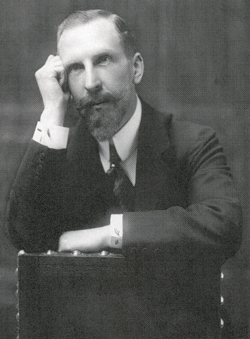Who discovered that the element helium existed in the solar spectrum?
 August 18, 1868 — French astronomer Pierre Janssen discovered helium in the solar spectrum during a eclipse today. It occurred while Janssen was observing a solar eclipse at Guntur, Madras State (now in Andhra Pradesh), British India.
August 18, 1868 — French astronomer Pierre Janssen discovered helium in the solar spectrum during a eclipse today. It occurred while Janssen was observing a solar eclipse at Guntur, Madras State (now in Andhra Pradesh), British India.
He noticed bright lines in the spectrum of the chromosphere, showing that the chromosphere is gaseous. There was also a bright yellow line later measured to have a wavelength of 587.49 nm in the spectrum of the sun.
From the brightness of the spectral lines, Janssen realized that the chromospheric spectrum could be observed even without an eclipse and proceeded to do so immediately.
On October 20 of the same year, Joseph Norman Lockyer in England set up a new, relatively powerful spectroscope. He also observed the emission spectrum of the chromosphere, including same yellow line. Within a few years, he worked with a chemist and they concluded that it could be caused by an unknown element, after unsuccessfully testing to see if it were some new type of hydrogen.
This was the first time a chemical element was discovered on an extraterrestrial body before being found on the earth. Lockyer and the English chemist Edward Frankland named the element with the Greek word for the Sun, helios.
Sources
Words of Wisdom
After a duration of a thousand years, the power of astrology broke down when, with Copernicus, Kepler, and Galileo, the progress of astronomy overthrew the false hypothesis upon which the entire structure rested, namely the geocentric system of the universe. The fact that the earth revolves in space intervened to upset the complicated play of planetary influences, and the silent stars, related to the unfathomable depths of the sky, no longer made their prophetic voices audible to mankind. Celestial mechanics and spectrum analysis finally robbed them of their mysterious prestige.





